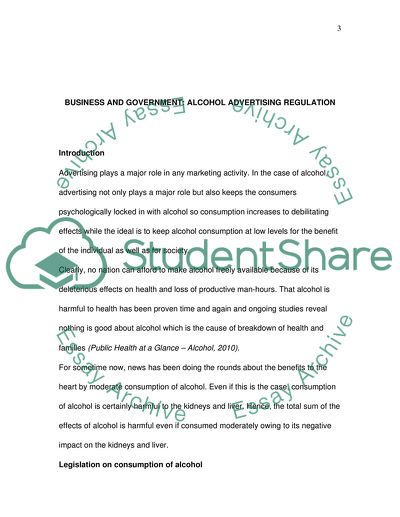Cite this document
(Legislation on Consumption of Alcohol Research Paper, n.d.)
Legislation on Consumption of Alcohol Research Paper. Retrieved from https://studentshare.org/social-science/1736348-business-and-government-alcohol-advertising-regulation
Legislation on Consumption of Alcohol Research Paper. Retrieved from https://studentshare.org/social-science/1736348-business-and-government-alcohol-advertising-regulation
(Legislation on Consumption of Alcohol Research Paper)
Legislation on Consumption of Alcohol Research Paper. https://studentshare.org/social-science/1736348-business-and-government-alcohol-advertising-regulation.
Legislation on Consumption of Alcohol Research Paper. https://studentshare.org/social-science/1736348-business-and-government-alcohol-advertising-regulation.
“Legislation on Consumption of Alcohol Research Paper”, n.d. https://studentshare.org/social-science/1736348-business-and-government-alcohol-advertising-regulation.


